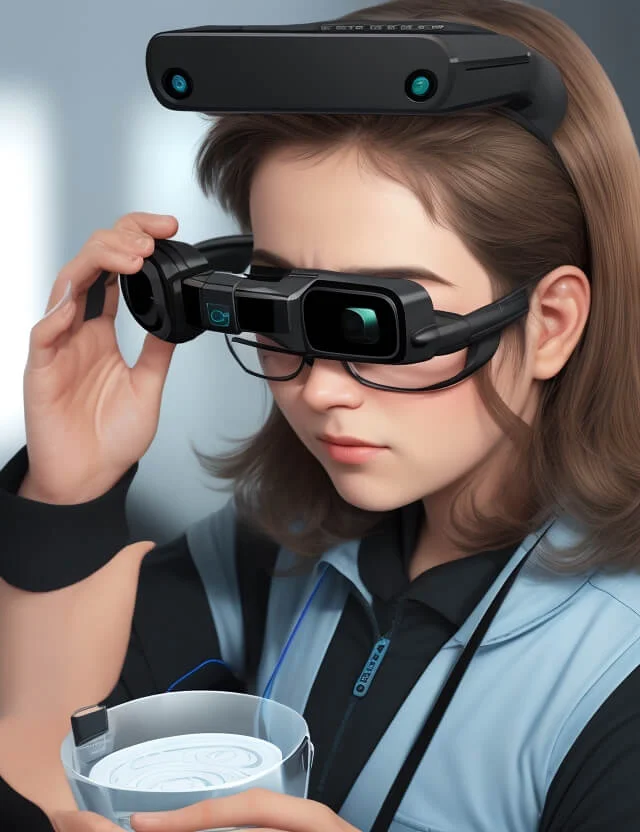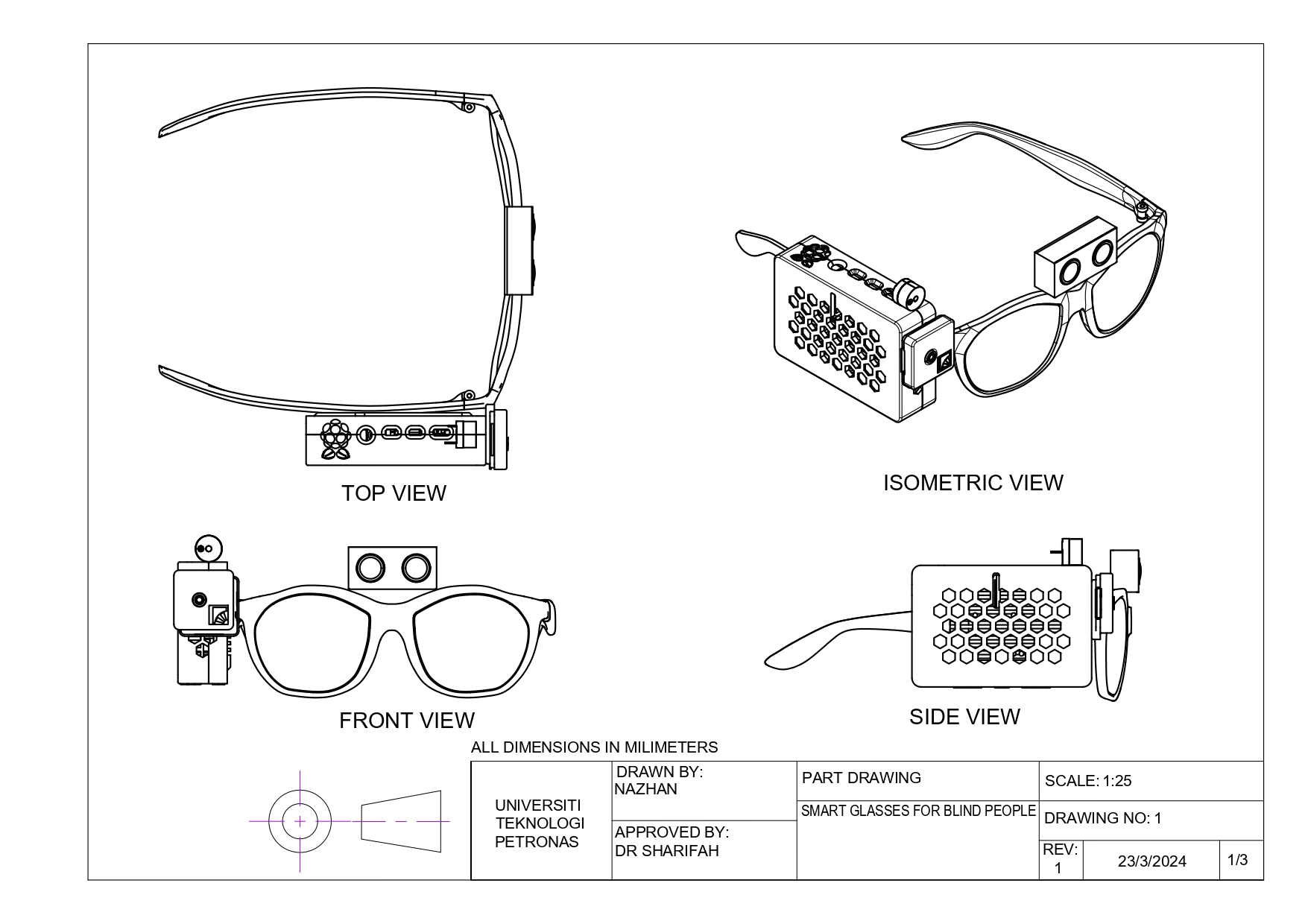Top Braille Displays and Notetakers to Enhance Accessibility for the Blind
Top Braille Displays and Notetakers to Enhance Accessibility for the Blind
Blog Article
Enhancing Access With Assistive Modern Technology for the Blind
The integration of assistive technology for the blind represents a critical improvement in access, fundamentally altering how individuals browse their settings and engage with culture. As we check out the diverse types of assistive gadgets and their tangible effects on everyday living, it ends up being necessary to take a look at how continuous technological developments are improving the landscape of assistance for the blind community.
Overview of Assistive Innovation
Assistive modern technology describes a series of gadgets and software program designed to enhance the abilities of people with specials needs, including those who are visually impaired or blind. This technology plays an important function in promoting freedom and boosting the lifestyle for individuals. By providing different techniques for accessing information and performing daily tasks, assistive modern technology encourages individuals to browse their environments better.
The development and implementation of assistive innovation accept a selection of concepts focused on promoting accessibility. These concepts consist of user-centered layout, which prioritizes the needs and preferences of the individual, and the integration of technology right into day-to-day activities. Such developments make sure that assistive tools are not only practical but simple and additionally user-friendly to use.
Moreover, assistive technology includes a varied spectrum of services, from low-tech alternatives like magnifiers to sophisticated technologies such as screen readers and Braille display screens. The continuous advancement of this field is driven by the demand to deal with the special obstacles encountered by individuals with visual disabilities (Wearable technology for low vision). As innovation remains to breakthrough, the potential for boosting availability and advertising inclusivity remains appealing, inevitably adding to a more equitable society

Kinds Of Assistive Gadgets
Many kinds of assistive tools are available to support individuals who are visually damaged or blind, each created to resolve details demands and challenges. These devices can be broadly categorized into 3 main types: low-tech, mid-tech, and sophisticated remedies.
Low-tech devices consist of products such as magnifiers, Braille labels, and responsive maps. These are relatively straightforward tools that enhance the user's capability to engage with their atmosphere without needing intricate modern technology.
Mid-tech tools often entail advanced functions, such as electronic magnifiers and portable Braille note-takers. These gadgets can use functionalities like speech outcome, enabling individuals to access details more successfully.

Effect On Daily Living
The schedule of various assistive gadgets considerably improves the top quality of life for people who are blind or visually damaged, impacting their day-to-day living in profound methods. By incorporating modern technologies such as screen readers, Braille shows, and audio description services right into their regimens, customers acquire higher freedom and freedom. These devices help with access to details, enabling individuals to do day-to-day tasks, such as reviewing emails, browsing public areas, and appreciating media content.
Furthermore, assistive devices encourage individuals to engage more completely in social communications and community tasks. The capacity to make use of smartphones furnished with ease of access features permits smooth interaction and link with others. This connectivity cultivates a feeling of belonging and minimizes sensations of seclusion.
In professional settings, assistive modern technology sustains performance by permitting people to total job tasks efficiently. Tools like voice acknowledgment software and specialized magnification gadgets allow customers to participate in the labor force on equivalent footing with their sighted peers.

Advancements in Modern Technology
Current technological improvements have actually considerably transformed the landscape of devices offered for individuals who are blind or visually damaged. The assimilation of man-made intelligence (AI) and artificial intelligence has given increase to applications that improve navigating and object recognition. As an example, smart device apps can currently make use of AI to identify and describe environments in real-time, supplying individuals with valuable contextual information.
Furthermore, innovations in haptic technology have resulted in the development of clever walking sticks equipped with sensing units that discover challenges and give right here tactile responses. This equips customers to browse their setting with enhanced confidence and freedom. Furthermore, innovations in text-to-speech software application and braille displays have actually improved the ease of access of digital material, enabling seamless communication with numerous media.
Wearable technologies, such as wise glasses, are also making strides in aiding visual disability. As innovation continues to evolve, the capacity for even more transformative devices continues to be on the perspective.
Future Trends and Innovations
As modern technology rapidly advances, the future of assistive devices for individuals that are blind holds enormous guarantee. Developments in fabricated knowledge (AI) and device discovering are positioned to transform the way blind customers communicate with their atmospheres. AI-driven applications are being created to improve things acknowledgment, allowing customers to identify and browse their environments with higher simplicity and precision.
Additionally, improvements in haptic responses modern technology are allowing the creation of tactile maps and navigation help that offer real-time details with touch. These technologies not just improve mobility however also foster independence. Additionally, wearable devices furnished with enhanced fact (AR) functions are emerging, supplying individuals visual info with sound summaries, thereby bridging the space in between the physical and digital globes.
In addition, the assimilation of wise home modern technology presents brand-new opportunities for accessibility, permitting people to manage visit here their living settings with voice commands or smartphone applications. As partnership in between tech programmers and the blind area continues, the concentrate on user-centered design will ensure that future advancements are tailored to meet the special demands of this populace (Wearable technology for low vision). The trajectory of assistive innovation guarantees an extra comprehensive and empowering future for individuals that are blind
Conclusion
In final thought, assistive innovation plays a critical duty in boosting ease of access for people with visual disabilities. Continual innovations in technology and user-centered layout make certain that these devices provide effectively to the special requirements of the blind area.
The assimilation of assistive technology for the blind represents a crucial innovation in ease of access, fundamentally changing just how people browse their atmospheres and involve with culture.Assistive innovation refers to an array of devices and software program developed to improve the capabilities of people with specials needs, consisting of those that are visually damaged or blind. Wearable technology for low vision.As technology quickly proceeds, the future of assistive tools for people that are blind holds immense promise. The trajectory of assistive technology promises a more comprehensive and empowering future for individuals that are blind
In conclusion, assistive technology plays look at this now an essential role in enhancing accessibility for people with aesthetic disabilities.
Report this page